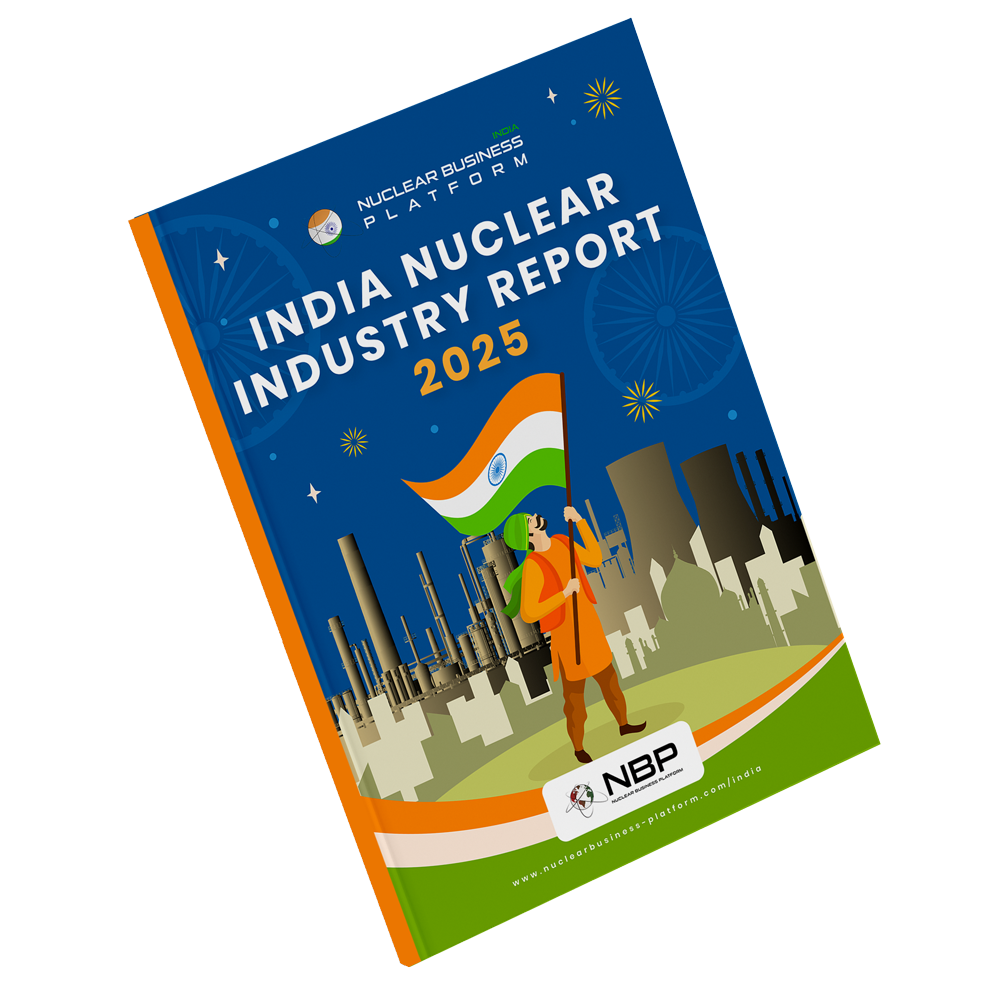From 8 GW to 100 GW: India’s $100 Billion Nuclear Market Is Open for Business
India’s nuclear energy sector is surging into the spotlight, offering a $100 billion market for international collaboration and investment. With a bold target of 100 gigawatts of nuclear capacity by 2047, India is poised to become a cornerstone of the world’s clean energy future, creating unparalleled opportunities for global businesses to engage with a dynamic industry that’s rapidly evolving through government reforms, international endorsements, and a growing appetite for sustainable power.
The 2025 India Budget has ignited this momentum with transformative commitments. Finance Minister Nirmala Sitharaman announced the Nuclear Energy Mission for Viksit Bharat, allocating $2.4 billion to advance research and development of Small Modular Reactors (SMRs), aiming to operationalize five indigenously developed SMRs by 2033. This aligns with India’s goal of achieving 100 GW of nuclear capacity by 2047—a 12-fold increase from the current 8.18 GW—positioning nuclear energy as a linchpin in the nation’s energy transition strategy. To fuel this growth, the government is amending the Atomic Energy Act and the Civil Liability for Nuclear Damage Act, opening the sector to private and foreign investment. These reforms are expected to attract $26 billion in private capital, creating a golden opportunity for international firms to collaborate with Indian industry leaders like Tata Power, Reliance Industries, and Vedanta Group, who are already exploring nuclear projects.
India’s nuclear market has also garnered global acclaim. Just this month, on March 19, 2025, IAEA Director General Rafael Mariano Grossi, speaking at the Raisina Dialogue in New Delhi, lauded India’s nuclear sector as “one of the most dynamic in Asia and the world.” Grossi emphasized India’s advancements in regulations, technology, safety, and security, noting its growing role as a key player in nuclear science for peace and development. With 24 reactors currently operational and 14.3 GW of projects in the pipeline—7.3 GW under construction and 7 GW in the pre-project stage—India’s nuclear sector is on a steep upward trajectory. Grossi’s visit, which included meetings with External Affairs Minister S. Jaishankar and discussions on nuclear safety and non-proliferation, underscores India’s readiness to deepen ties with global stakeholders, making it an attractive destination for international businesses.
A historic policy shift is further amplifying this opportunity: the opening of India’s nuclear sector to private participation. Previously restricted by the Atomic Energy Act of 1962, the sector now welcomes private players to design, build, and operate nuclear plants, with joint ventures between the Nuclear Power Corporation of India Limited (NPCIL) and private firms already underway. This privatization drive builds on India’s robust international partnerships, such as with Russia on the Kudankulam Nuclear Power Plant, France on the Jaitapur project, and the U.S. through the 2008 Indo-US nuclear deal. For global companies, this means access to a market hungry for expertise in thorium-based fuels, SMR development, and grid integration, all while contributing to India’s net-zero ambitions by 2070. With nuclear capacity set to triple to 22.48 GW by 2031, and projects like the Bharat Small Reactors gaining traction, the opportunities are immense.
India’s nuclear market isn’t just about scale—it’s about innovation and collaboration. The country is advancing its thorium-based fuel cycle, a potential game-changer for sustainable nuclear energy, and fostering partnerships with global leaders to enhance safety and efficiency. For international firms, this is a chance to engage with a market that values cutting-edge technology and long-term alliances, all while supporting a cleaner, more energy-secure future. Want to explore this vibrant market firsthand? Join industry leaders, policymakers, and innovators at the India Nuclear Business Platform (INBP) 2025 in Mumbai on 14-15 October which is now in its 6th year.



